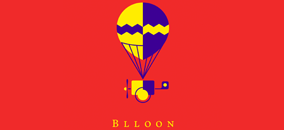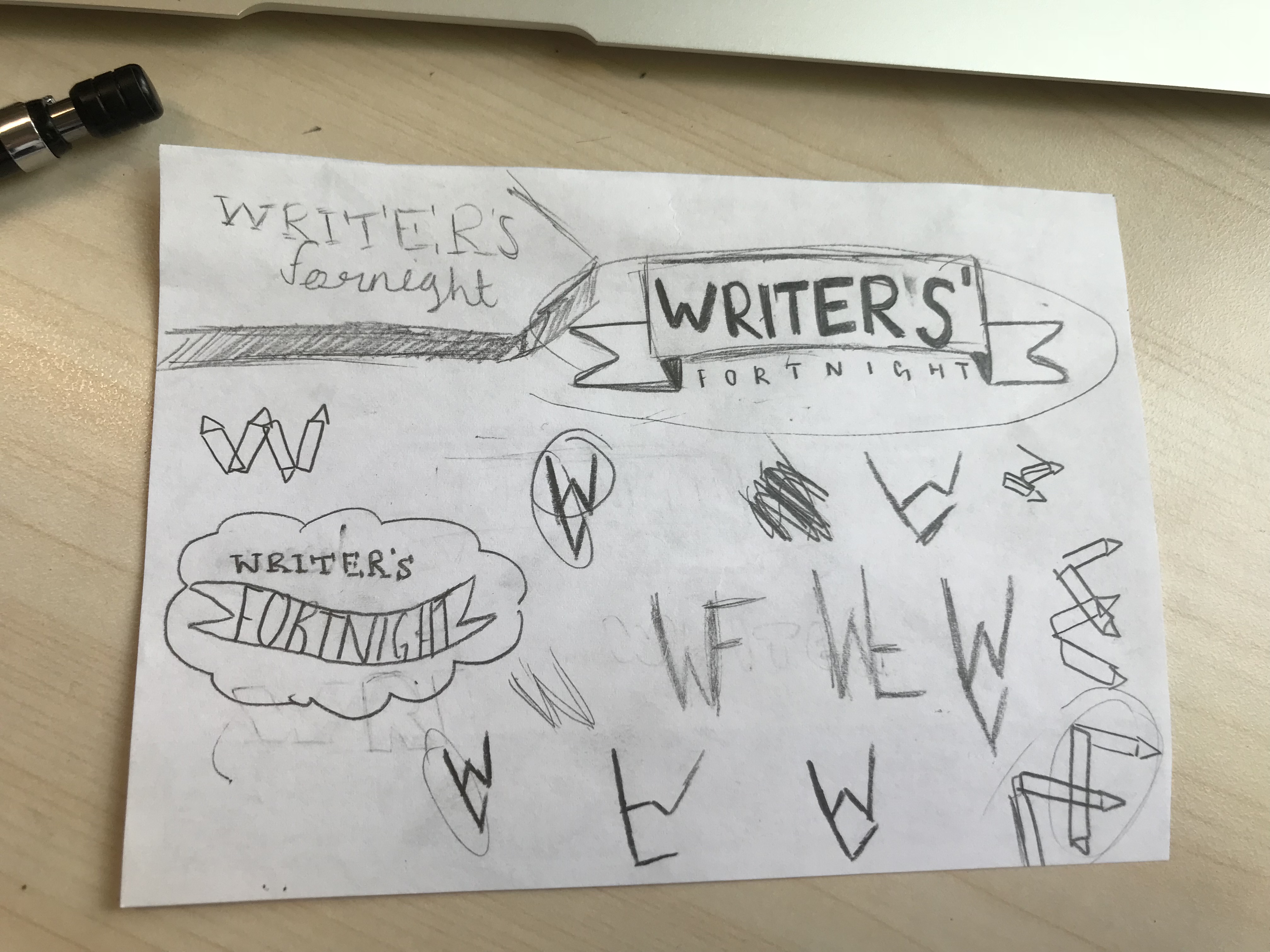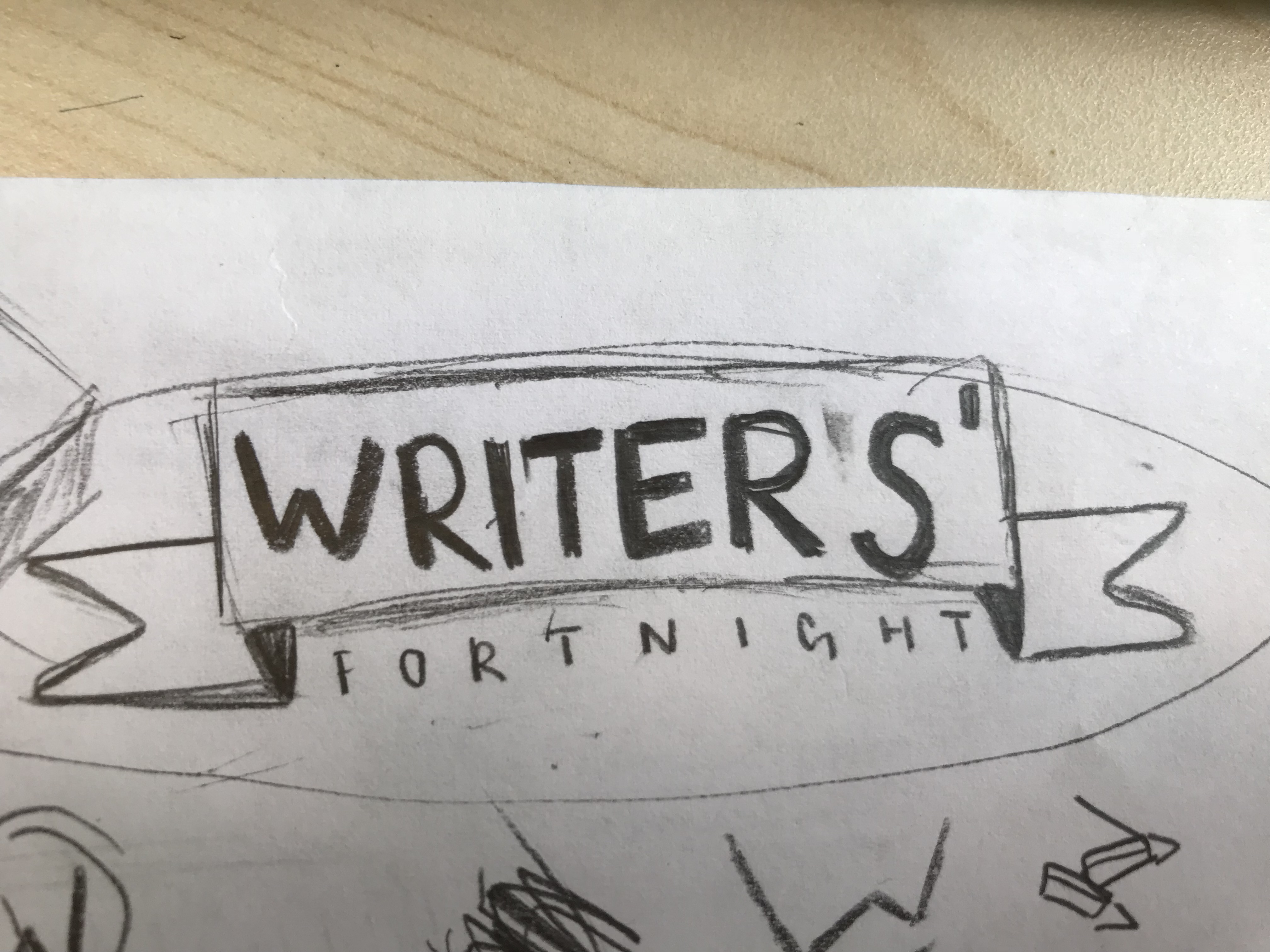Being a new student coming to UWCSEA, I did not think I was going to be able to fit into the school. But now, in term 2, I can definitely say that I feel very welcome. I have been able to make a diverse group of friends these past 2 terms and have started to become more participative in school activities. I have joined the G.E.P service group which I have found to be something I am very passionate about. I also am in Sonos Ladies, which is a choir based activity. I was able to make friends through these activities and am very happy with my progress. I also had the opportunity to meet possible incoming grade 9 students. It was quite an experience as I was able to see what I pretty much was a year ago today. Overall I am very happy with how grade 9 life is treating me and feel as though I fit in pretty well. Even though I have not been in this school long it feels as though I have been here for ages.
Month: March 2018
Gender Imbalance in Under-Developed Countries
Gender Imbalance In Under-Developed Countries
Kirsty Bell
I have always been a feminist and I have always been open about how much I support what it stands for. Many huge advancements have been made for women, that does not mean our fight is over. Women (including myself) face difficulties in this world, I never really thought about how much harder it may be in less developed countries with more traditional mentalities as compared to places like Singapore and the United Kingdom. This brings me to the topic of what is known as “White Feminism.” White feminism is a form of feminism that does focus on the struggles of white women. However, it fails to address forms of oppression faced by women of color and women lacking other privileges. Someone who has acknowledged how they’re unconsciously a White Feminist is Emma Watson. Emma Watson once wrote in a letter acknowledging her white privilege, “It would have been more useful to spend the time asking myself questions like: What are the ways I have benefited from being white? In what ways do I support and uphold a system that is structurally racist? How do my race, class, and gender affect my perspective? There seemed to be many types of feminists and feminism. But instead of seeing these differences as divisive, I could have asked whether defining them was actually empowering and bringing about better understanding. But I didn’t know to ask these questions.” She went on to speak about how she was holding herself responsible in her mission to be a more intersectional feminist. I felt it was very courageous and admirable for her to speak out about her mistakes, especially after being looked at as an unproblematic icon by all kinds of people. Through Watson’s powerful statement, I have been inspired to write about the Gender Imbalance in underdeveloped countries. Not only would I like to spread some awareness on the current situation for girls in underdeveloped countries, but I would also like to use this editorial as an opportunity to learn to become more of an intersectional feminist myself.
At school, fellow peers and I spent two weeks listening to speakers talk about several topics. The speaker that left a lasting impression on me was Robyne Hayes. Robyne Hayes is a researcher and a photographer who had a lot to say about her opinions on child marriage and the power balance between male and female in third-world countries. She spoke about her experiences as a researcher and photographer as well as how passionate she was about fighting to abolish child marriage. She uses photography to spread her message and it most definitely works effectively as she is able to gain empathy and understanding by capturing the raw emotion of many different people through her pictures. After hearing her talk, I was very shocked at the struggle so many girls were going through in countries like Ethiopia, Nepal, and Bangladesh. When girls get the indication that they are going through puberty through getting their period, they are already considered eligible for marriage. Some girls as young as 8 years old can get married. In fact, ⅓ of girls are married before the age of 18. I believe this dreadful statistic just shows how these girls are only valued for their ability to be a mother and a wife. What’s even worse is that a majority of these girls’ bodies are not physically or mentally ready to have children. It could result in several mental and physical health issues. To know what life is like for the girls forced into child marriage, girls are made to stay at home, live with their in-laws, practically be made slaves to their husbands and have pretty much no social life. This is due to the power imbalance between the girl and the man in the marriage. Since they have to stay at home and do housework, about 130 million girls in underdeveloped countries are out of school. Not just that, but due to how young the girls usually are, they are more vulnerable and more prone to abuse.
While I cannot directly relate to this, I most definitely have a strong opinion about how much I disagree with child marriage and the gender imbalance in countries like Bangladesh, Ethiopia, and Nepal. I understand that in places like these, it is a cultural norm to do things that seem politically incorrect to people like us. The only way and best way to justify changing a cultural norm is that it is a basic human right being exploited and that it crosses a line of being wrong rather than traditional. Girls are being practically held captive and made slaves to their husbands and I would like to be part of the voice that helps fight for girls to be able to live their life without having to fear for when they get their period.
At UWCSEA, we have several services that fight exactly for this cause. I recently joined one called “GEP” (Generation. Education. Period). GEP mainly focuses on putting an end to the stigma on periods in third-world countries. In places like these, girls skip school whenever they get their period. Within 3 years, they have already skipped about an average of 130 days of school. Due to missing so many days, girls tend to drop out of school and due to lack of education, it’s harder for them to get jobs and earn money. Then, as last resort, they turn to exploiting themselves for money. GEP helps by sewing sustainable and reusable pads that can be used for up to 3 years (which makes up for those 130 days missed) Not only that, but they also help educate girls on how to deal with their periods and other things that guide them through their growing years. Through this, girls can learn that they have strength since they can go about their day while on their period and will most likely realize they have a voice that deserves to be respected and heard. This can help lower the number of girls married once they have their period. I mentioned Robyne Hayes earlier, she has done a multitude of projects in these countries and one that relates to what I am talking about is called the “Tipping Point” project. In which it also helped make periods less of a taboo in such countries. Not only that but it stopped 50-70 child marriages, girls got the freedom to move, to do what they wanted, girls even got to re-enroll in school and thanks to that, girls were allowed to get proper jobs and get income. This shows that if we give the opportunities for the community to learn, they can decide what they need and be able to learn and change their ways. Change is all about access.
Through Robyne Hayes’ talk and my own personal research. I can definitely say I have learned a lot about the struggles of women in less developed countries. Yes, women in developed countries do face difficulties too but even they take certain things for granted. I am grateful that I am able to use a platform to shed light on an issue that some feminists do not know about or unfortunately ignore. I will not stop learning to become a more intersectional feminist nor will I stop spreading awareness about the issue of the gender imbalance in these places as well as white feminism. Every woman deserves a voice just as much as any man does and I want to be part of the change that makes everyone equal. To end off, I want to quote from Robyne Hayes that I feel perfectly summarises how to know if you want to be an activist for something, “If it moves you, you have to something about it”
References:
White Feminism.” Wikipedia, Wikimedia Foundation, 3 Mar. 2018, en.wikipedia.org/wiki/White_feminism.
Muller, Marissa G. “Emma Watson Addresses Her White Privilege and ‘White Feminism’ in Letter to Her Book Club.” W Magazine, 9 Jan. 2018, www.wmagazine.com/story/emma-watson-white-privilege-feminism.
Building a Logo
The Design Basics
Proximity:
- It is all about using visual space to show relationships in your content
- You have to make sure related items are grouped together
- Groups that are not related are separated
- For visual emphasis on their lack of relationship
- To improve my proximity, I could have used fewer shapes and icons to make my logo look less messy.
White Space:
- An important part of every composition
- Negative Spaces
- Space between content, lines and outer margins
- Helps define and separate different sections
- I think I did okay in terms of White Space, My logo had more than enough room to “breathe” (as they said in the video)
Alignment:
- Making sure text in aligned and consistently so
- My icons, shapes, and text were equally aligned
Contrast:
- Means that one item is different from the other
- I could have used more contrasts in my shape and their colors to make my logo look less boring
- However, I did try to have a contrast between my nature-based icon and the cityscape background.
Repetition:
- To have a consistent look and feel
- Reinforce your design by echoing certain elements
- I think my logo did not really need repetition, otherwise, it would look quite messy
- But I did repeat my use of icons to make my logo look neater
Rough Draft Writing
Link to my ‘Design In Pages’ Document
Things that I did do in the ‘Done Manifesto’:
- I treated everything as a draft, there is always room for improvement
- I did not procrastinate on my work, I did it as soon as I was told and finished it pretty briefly
Things that I did not do in the ‘Done Manifesto’:
- I treated mistakes as though they shouldn’t happen
- Mistakes are made when trying out new things
- As the website said, “People without dirty hands are wrong. Doing something makes you right.”
- I did not “throw it away” once I was done
- I did not realize that the point of being done is not to finish but to get other things done.
Thinking About My Client
Steve Dawson:
Steve Dawson’s talk was very interesting, it was all about good interview techniques to make sure there could be a productive and worth-while conversation between interviewer and interviewee.It made me question how to make better connections with my learning by asking open-ended questions for better responses in such situations like an oral speaking exam or interviewing fellow peers in an activity. The talk actually taught me there is so much more to journalism and interviewing than just mindlessly asking questions. What I am still unsure about in terms of interviewing, does body language significantly affect the course of the interview? If the interviewer is slouching, does that make the conversation more boring?
Chetan Bhagat:
I had originally thought that Mr. Chetan Bhagat would just talk about being an author and what it means to be one. I kind of expected him to have just a mundane talk about ways to write and things like that.
However, after the talk wrapped it was actually much different than I had anticipated, which was a pleasant surprise. After the talk, I had to rethink my mindset that all authors can do is just write, write, write.As it actually turns out, they could have a huge power. They can influence and change the opinions of their audience with their very own literature. This ties in with what Mr. Bhagat said during his talk, “Literature is communication through the written word” With enough readers following the ideas of the book, you are more than an author, you are an influencer. With Bhagat’s huge audience in India, he is able to gain the attention of politic officials, this is a perfect example of using your platform for a positive cause and not just for earning money. What Chetan Bhagat is doing is very admirable and I think it is clever of him to use his platform to influence Indians rather than do it all for fame or money.
Deborah Emmanuel:
Out of all the talks, her’s spoke to me the most. I was just incredibly moved by her passion for writing poetry,how honest she was and how she stayed true to herself and kept her own opinion despite so many people knocking it down. I think the way she views life is very admirable because she is not putting to shame that she has gone to jail and that rather, it is a part of her growth and needed to happen to her in order for her to be where she is at today. Something I can take from this is how much poetry can help. Ms. Emmanuel had said that poetry helps to “untangle the tangled mess of troubles in our heads, heart and body”
Robyne Hayes:
I thought Robyne Hayze was very interesting, I had never seen a photographer and a researcher at the same time. It was motivating to see how heartfelt she was about the issue of child marriage in developing countries. Even more motivating were her results after she worked with several communities. How the girls were given more of a voice, get income, were able to work on fields and even make friends. The men even started learning and starting changing positively. I think this shows that it is never too late to start changing for the better.
TWC2 Volunteer:
I think it’s incredibly admirable of such an organization to be helping out with what is seen to be such a difficult issue in Singapore today. In all honesty, I did not realize there were so many cases of the mistreatment of transient workers. After the talk, my eyes have definitely been opened. I found it especially eye-opening that workers are made to settle for a lower salary than promised in order to keep their job. I just thought it was insane, that these people traveled all the way to Singapore for a job with-not to mention, a huge debt, and some people cannot even give them their full pay? Like the volunteer said, organizations like TWC2 should be redundant. If there were more organizations like it today, it could eradicate the whole problem

What I want my logo to communicate
I want it to be able to communicate the diversity of the speakers and all the different things they can speak about to the students. I also want it to showcase the several passions students can realize throughout Writers’ Fortnight
The 3 Logos
Below are the logos that I feel best follow the Design Basics in my opinion.
Sketches
We also have the sketches of the possible logo that my group and I narrowed down.
My Partner and I's Slideshow for our Logo
My Slides for My Final Logo
I have embedded my slides that showcase my final Writers’ Fortnight logo




